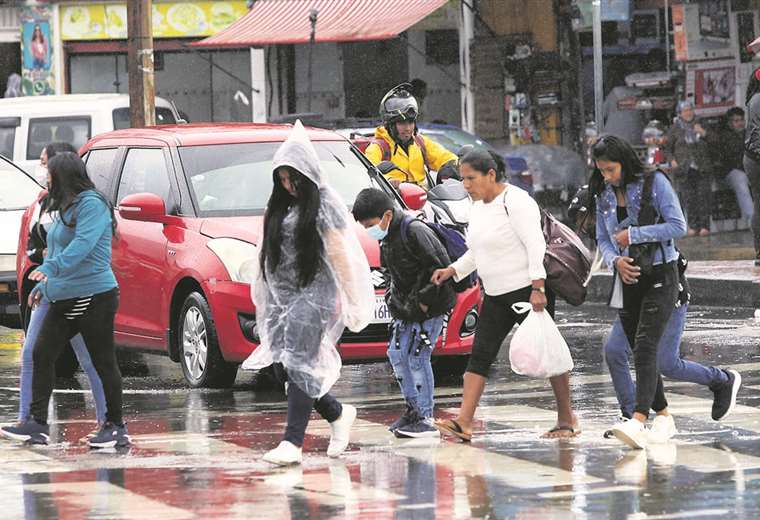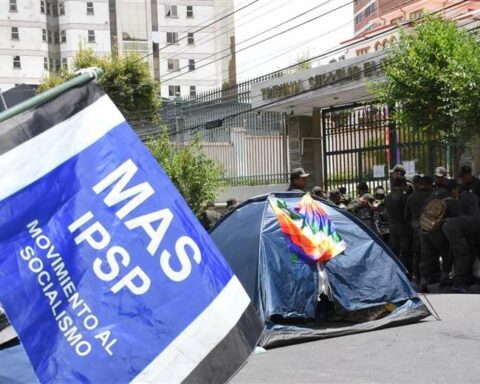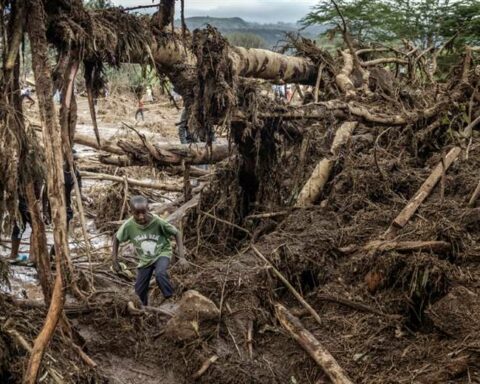July 17, 2022, 4:59 PM
July 17, 2022, 4:59 PM
The Agroproductive Information System (SIC) of the Government of Santa Cruz reported until last night, a rainfall of 55.4 mm in 24 hours, with a relative humidity of 89%, and a minimum temperature of 12.2 degrees Celsius.
Throughout the day on Saturday, at least in the Santa Cruz capital, intermittent but moderate rain was reported.
As for the provinces, there were points where it rained after more than three months, this was the case of Pailón and Cuatro Cañadas, where a prolonged dry season has been reported.
Towards the Chiquitania siderainfall reached San José de Chiquitos, and until the closing of the edition it was still announced that the rain would probably reach Roboré and Puerto Suárez.
According to reports from the Piraí River Water Channeling and Regularization Service (Searpi), there was normal flooding in the Piraí river, except at the height of the Friendship Bridge (Montero), where a small flood was reported. In the Grande, Parapetí, Ichilo and Yapacaní rivers, the water level remained within normal parameters.
“The precipitation has been concentrated in the capital city, and also in the Yapacaní and Ichilo area. The rains have been sectorized, that is why so much water is seen inside the city. The only flood, small, is on the Friendship Bridge, in the other rivers the levels are normal”, said José Antonio Rivero, from Searpi.
According to Luis Alberto Alpire, an expert in agrometeorology, the rain that fell until yesterday guarantees the planting of soybeans in the Integrated North, crop that is part of the winter campaign.
“Compliance with what was planned by Anapo, of 376,000 hectares, is guaranteed,” he reported.
Alpire also explained that due to the drought, many producers were affected in the sowing of wheat, sorghum, corn and other crops, and that due to the humidity, as a result of the rains, they will plant soybeans, attracted by international prices, which are now around 600 dollars per ton, thus compensating for the losses they have suffered so far.
“In the north it has rained more than in any other region of the department. Soy planting is guaranteed”, he encouraged.
Alpire warned about strong winds, and recommended not to set fire to garbage dumps, etc., “because the expansion of fires may occur.”
In addition, he said that the winds will be up to 80 kilometers per hour in the Cordillera province, and that the gusts will be up to 60 in Andrés Ibáñez, Norte Integrado and Chiquitania. “In the Valles Cruceños they will reach up to 40 km/hour, that will happen from Wednesday, July 20. Before then, the winds will be moderate,” he said.
Finally, Alpire warned that this drought, which is felt at the beginning of the winter agricultural season, will not only be harsh, but also prolonged.








